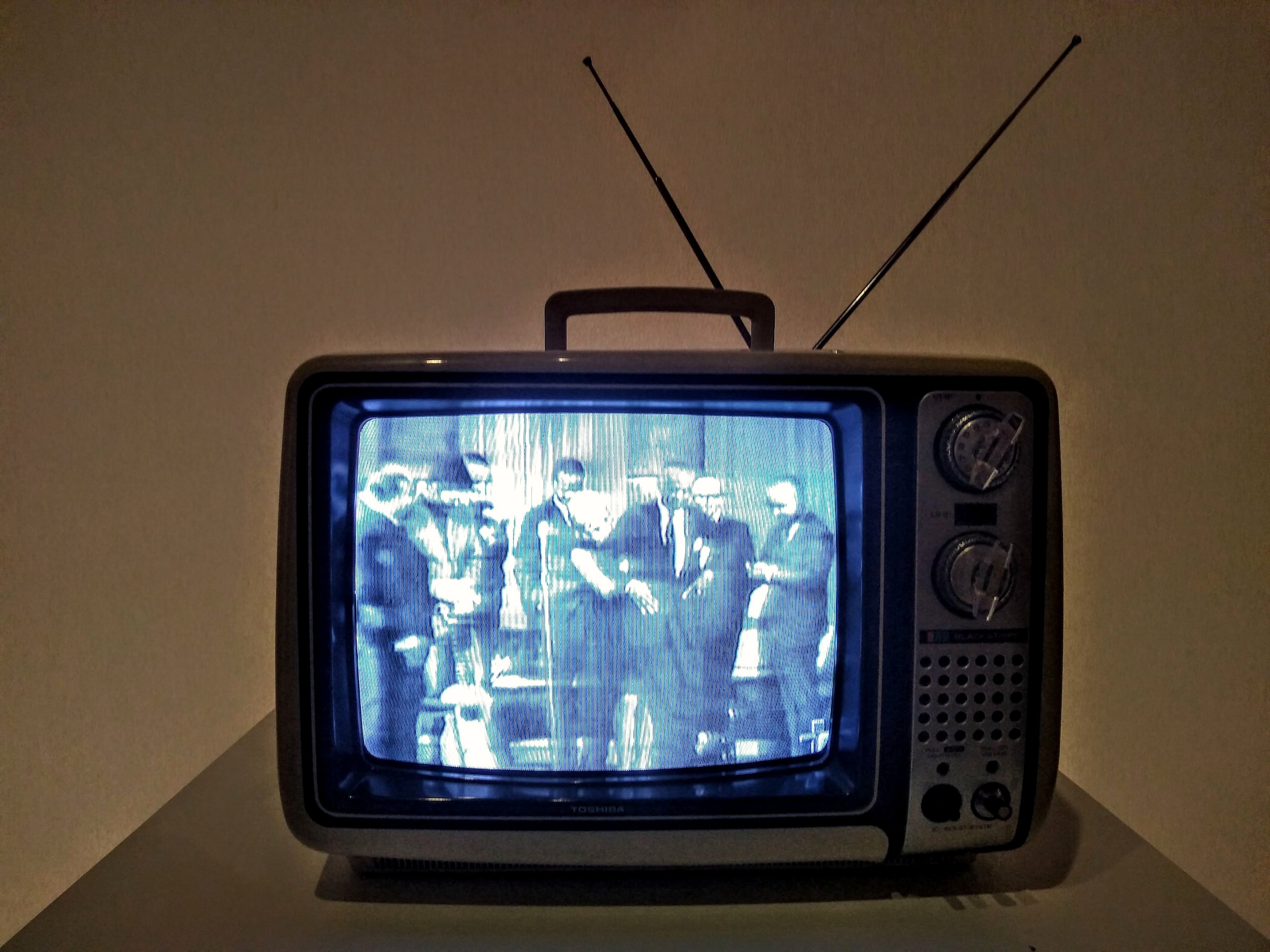
TV Critic Phoebe Cross praises Feel Good’s second series for it’s authentic presentation of PTSD, addiction and queer identities
Content warning: this article discusses the psychological impact of addiction including PTSD.
The second series of Mae Martin and Joe Hampson’s series Feel Good – which takes inspiration from Mae’s own life experiences – had a lot to live up to after a first season which sensitively and humorously addressed sexuality, love and addiction. This series picks up after the breakdown of George and Mae’s relationship, Mae’s relapse into drug use, and her relocation back to Canada. The series opens with Mae being checked into rehab by her parents, where the themes for the series are set up, with the trauma of Mae’s past being first brought up as a talking point. Mae’s departure from rehab and return back to the UK are slowly explored in more detail and unfold as the series progresses.
While addiction is still a major theme of the series, the focus of Feel Good Season Two switches more to Mae’s PTSD and past trauma, and delicately follows her journey of realisation and acceptance. Mae’s character, much like many real survivors, does not realise what she has gone through straight away. It takes a long time of suffering, memory loss and denial before she comes to terms with and confronts her experiences. It is the raw, honest, and imperfect way that Feel Good deals with dark topics that reflects that this was written from a place of personal experience. Mae’s PTSD affects all aspects of her life, but she still lives in denial for a long time. I think, much like the addiction storyline, the PTSD is so well addressed and so authentic because it comes from a place of authenticity. This is an important story to be told on screen.
Feel Good‘s portrayal of PTSD is an important story to be told on screen
One of the things I loved most about this series is that both George and Mae’s journeys of self-discovery are not points of conflict. They are not painful – they just are – and as a queer viewer it was very refreshing to watch. Gender identity was touched upon in the first series, but this is slowly built upon throughout the second as Mae begins to understand her feelings towards gender. One of the most heart-warming scenes of the series is an exchange between Mae and George where the former explains her gender identity, and is met with love and acceptance from George, who does not see her as a boy or a girl, just Mae. There are no arguments involved, no conflict, no pain. George herself explores her own sexuality in this series, allowing herself to be more open, and to be okay just being George. The queerness of both characters, though being vital to the story and playing a huge and unavoidable role, do not create the series central conflict. They are queer people whose struggle and issues exist outside of their queer identity, which is something rarely found in television.
They are queer people whose struggle and issues exist outside of their queer identity, which is something rarely found in television
The relationship between Mae and George is also given the space to grow and blossom in this series, and while it remains imperfect, the love the two share shines through. The toxicity and co dependence from the first series doesn’t disappear immediately, but as both characters work on themselves and understand their needs and place in the world better, their relationship falls into place alongside this. Mae and George are flawed, as all people are, but they are given the space to grow from their flaws and blossom together, which is wonderful to see.
Overall, the second series continues to sympathetically address deep and dark topics while retaining humorous and light-hearted moments throughout. The beauty of the show comes from the authenticity of the writing, which makes it easy to tell that the experiences come from a place of personal experience, with the queerness being written in a way which could only be done with queer writers behind the scenes. I recommend this show to anyone who wants to have a good laugh, and a good cry. Most importantly, I would recommend it to anyone LGBT or anyone who has struggled with addiction or PTSD, who wishes to see themselves and their struggles portrayed in an authentic manner.
Rating: 5/5
Want to read more Redbrick Reviews? Check them out here:
Review: The Falcon and Winter Soldier
Comments